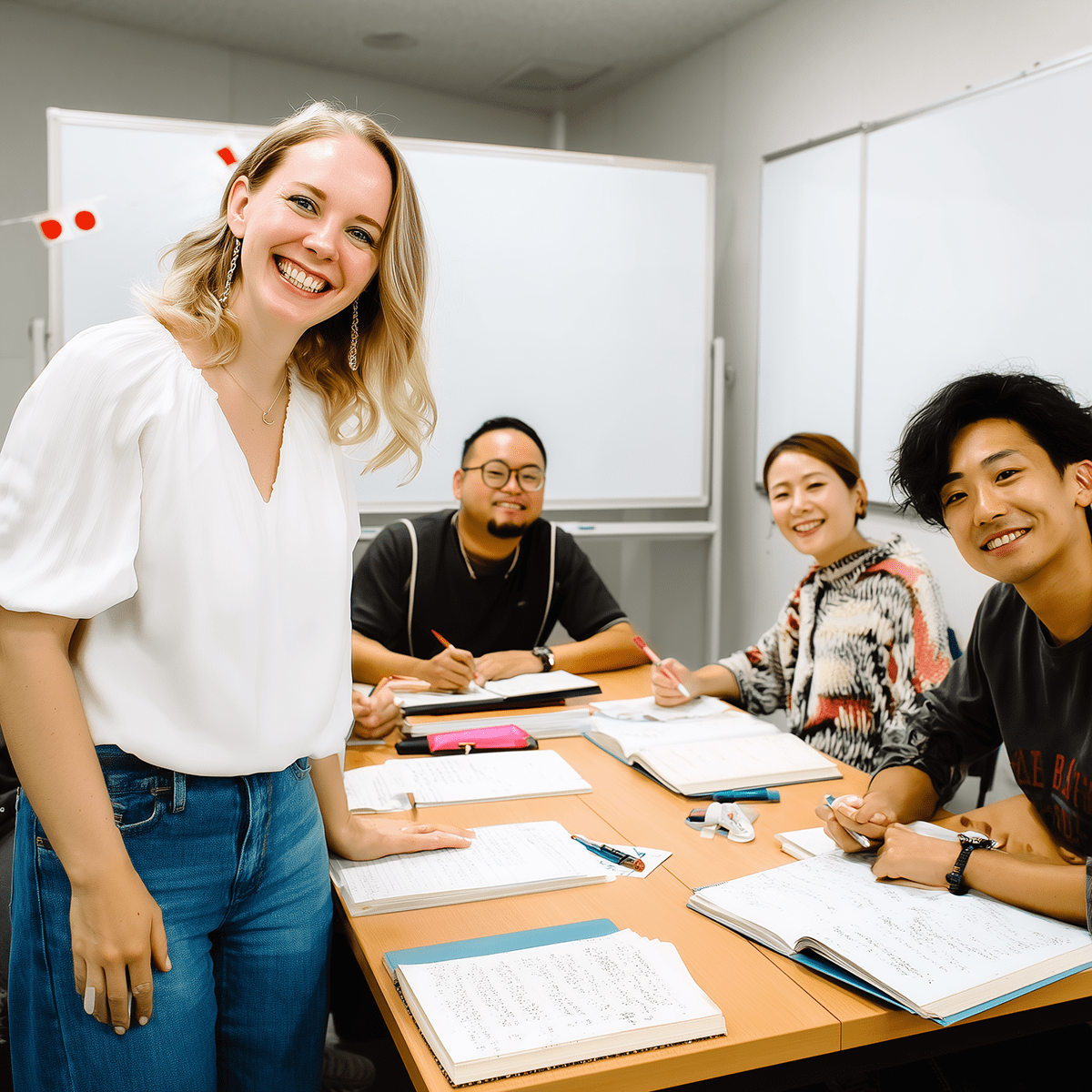My first teaching experience happened in Bogotá, Colombia. Being passionate about teaching from a young age, I wanted to travel the world and do what I loved. I had all the theoretical knowledge on my side, great grasp of grammar and vocabulary – I was ready to teach English! I was ready to pass on my knowledge to my students – debates, discussions, brainstorms – I couldn’t wait! However, there was something I took for granted, something we aren’t taught (or pay attention to) when learning about teaching. Being a hard-working, creative, enthusiastic teacher doesn’t mean your students are interested in what you are teaching. What shocked me the most was the number of interested students – less than 5 people in a group of 20. It was disheartening, all sorts of questions went through my mind. Was I a bad teacher? Maybe the activities I planned were not fun enough? Maybe I’m too strict, should I become BFFs with my students?
The Sherlock Holmes Moment / Understanding the Colombian ESL environment
These questions led me to investigate what it is like to learn English in Colombia. Maybe I was approaching this problem from the wrong angle and my students could help me understand the bigger picture. I started using my first classes with new groups for my detective work – they all told me something similar. They were all experts on the verbs “to be” and “to have”. Why you ask? These two verbs are essentially all they saw during their elementary and secondary school years. Reading tasks were directly translated into Spanish by the teacher or good ol’google translator. From early on students realized what was important in English class was to pass tests and exams. Speaking activities were non-existent since students were afraid to get laughed at by their classmates. In addition, most students grow up hearing how impossible and boring the language is by their parents. Why would the parents say such a thing – because the same thing probably happened to them.
Read: 5 Reasons to Teach English in Argentina
Creating a safe space for students
This is the predicament of most students in Colombia, wanting to learn English but having a mental block against it. I’ve lived in Colombia for 6 years teaching many types of students – high school graduates and adults being the majority. A sense of fear about not being able to learn the language exists in almost all of them. As a teacher, it’s important to make sure students feel supported and inspired to give this language a second chance. Since in most cases, this is not the first time they’ve had to study English – with unsuccessful results. Learning this gave me a better understanding of where students were coming from and the best way to approach them.
Embracing the Colombian Culture in your classroom
Another important aspect to consider when teaching Colombian students, or Latin American students in general – culture. A teacher taking the time to learn a little bit about the students’ country goes a long way. It helps the teacher better plan classes, but also gives him/her a better idea as to how to approach students. Added bonus – students warm up to you because they see the effort you have made. One thing you notice right away is the fact that Colombian students are very inquisitive about other cultures and countries. Don’t be surprised if your first class starts and ends without having completed the class objectives. Countless questions about where you are from, what it’s like to live in your country are all totally normal. Most of my students had never traveled outside Colombia, they were curious to know about their new non-Colombian teacher. I got some adorable questions about Canada like, “Is it true that Canadians love ice hockey?” (Don’t we all?)
Read: Teach English in Costa Rica! Teach, Travel, and Learn Spanish in Paradise!
How to spend your long weekends in Colombia
Colombians are also proud of their beautiful country, rightfully so; it’s a country filled with gorgeous landscapes and natural beauty. I can guarantee that during your teaching experience in Colombia, students will give you countless suggestions about their country. Places to travel during festivos (religious holidays), Colombian dishes to try, and of course – which football matches you cannot miss. I spent most of my time in Bogota exploring coffee shops, if you are a coffee lover – Colombia is heaven. On weekends there is nothing better than getting away to a small town to soak up some sun. Bogota tends to be on the rainy side, but luckily there are plenty of warm and peaceful towns nearby.
Discovering your teacher identity
I embrace everything I learned in Colombia – the good, the bad, and the ugly. And if I could go back in time, I’d do it all over again. Professionally, I had the chance to experience teaching in various types of ESL environments – institutes, Universities, and recently – virtual teaching. I got the chance to learn from other ESL teachers; understanding Latin American through the eyes of local ESL professionals. All this played a large role in reflecting upon and developing my identity as a teacher. I found myself becoming an empathetic teacher, understanding the challenges my students faced and bonding with them over similar experiences. For example, students raised concerns about feeling shy in class; I was going through the same shyness learning Spanish. Talking about my experience and challenges behind learning Spanish converted our classroom relationship into a welcoming one. I encouraged speaking in English, making mistakes was secondary (they saw me making mistakes with Spanish and laughing them off). Essentially, this is what makes you into a successful teacher – creating a balance between “you” and the knowledge you transfer. Making sure you are teaching the content you have to but, delivering it in your own way.
Read: Teaching Conversational English in Mexico
What teaching in another country has to offer
Traveling to another country to teach really gives you an extra edge over who you are as a teacher. It provides a fresh slate to discover yourself as a person by taking advantage of all that is around you. Meeting new people, trying out new food, going for that morning hike, and realizing it’s not your cup of tea. It also allows you to explore who you are as a professional. Maybe you thought you knew everything there is to know about teaching – I know I did. But teaching in a different country provides a fresh perspective on this profession. I met teachers from different cities, from a completely different educational background than me. While our goal in the classroom may have been the same, they had different ways to approach the same problem. This experience has given me the chance to meet so many different teachers and learn things from them.
The Challenge
As a foreigner, you already have the attention of your future Colombian students when you enter a classroom. They want to know everything about you and where you are from. Why not take advantage of that and break their preexisting notions about what learning English is like? Make this new classroom experience into something you both explore through the English language. Why not teach them to look beyond “to be”?
TESOL/TEFL Certified Teachers: Get Free Job Placement Assistance From OnTESOL!





